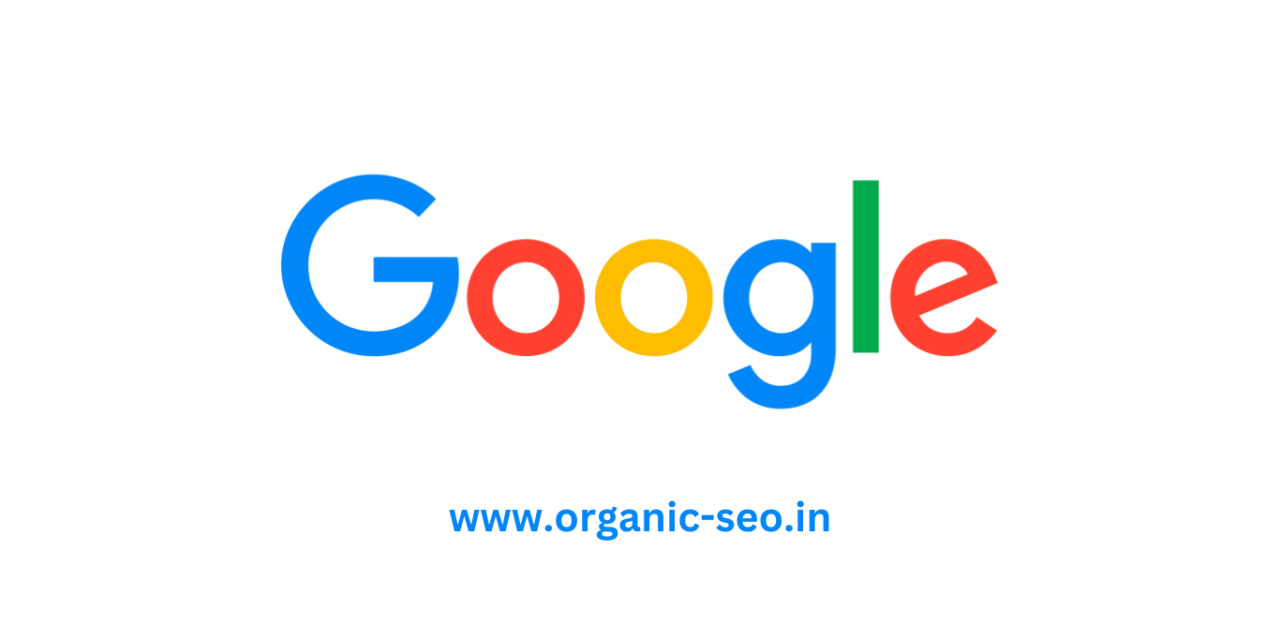Google is introducing new functionalities within Search and Lens that aim to simplify the process of tackling intricate math and science problems. These innovative tools are designed to offer step-by-step explanations, solutions and interactive 3D models, enhancing the learning experience for STEM (science, technology, engineering, and math) subjects. When it comes to math inquiries, you can now capture images of handwritten equations using the Lens app on your smartphone. The app can recognize the handwritten equations and provide a comprehensive, step-by-step breakdown to reach the solution. This math-solving tool is particularly adept at deconstructing complex calculus and trigonometry problems, guiding users through each essential step to reach the answer.
The primary objective is to assist students in grasping the underlying principles of equation-solving, a depth of understanding not readily available when simply searching for final numerical solutions online.
For science word problems, a new physics word problem feature enables users to input their queries. The tool identifies known variables by drawing boxes around them and highlights the unknowns with circles. Furthermore, it offers suggestions for relevant formulas and demonstrates the correct application. Currently, this tool handles foundational high school physics topics such as forces, energy, and motion. Google has plans to expand its capabilities to encompass more advanced university-level concepts in the future.
The addition of interactive 3D concept diagrams enriches the learning experience by covering a wide array of STEM topics, including cell biology, anatomy, robotics, space physics, geology, and more. Users can actively engage with these diagrams, zooming in, rotating, and clicking on labeled parts to access definitions and detailed explanations. These visual models are intended to foster curiosity and deepen the understanding of scientific concepts. Google’s aspiration is that these math, science, and visual capabilities will empower users to satiate their curiosity and acquire new knowledge.





